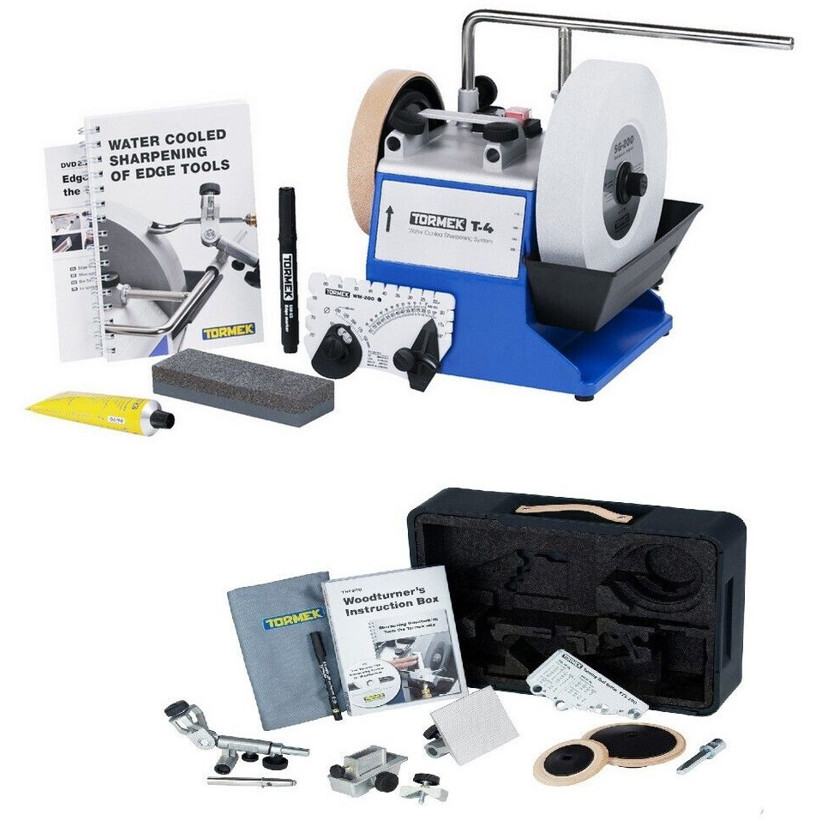10 Facts About Angle Grinder Test That Can Instantly Put You In A Good Mood
Comprehensive Guide to Angle Grinder Testing: Performance, Features, and Value
Angle mills are vital tools in many workshops and building and construction websites, supplying versatility in cutting, grinding, and polishing operations. However, with various alternatives available in the market, selecting the ideal angle grinder can be tough. This blog site post will break down the requirement of angle grinder tests, elaborate on their essential features, and report the findings of recent tests conducted on popular designs.
Why Test Angle Grinders?
Checking angle mills allows users to examine their efficiency, toughness, and efficiency at various tasks. These tests assist prospective purchasers make notified choices based upon:
- Performance Metrics: Speed, power, and performance throughout operation.
- Resilience Assessment: Material quality and durability versus wear and tear.
- User Experience: Comfort, weight, ease of use, and security features.
- Relative Analysis: Understanding how different designs stack up against each other.
Functions to Look For in an Angle Grinder
Before diving into the test results, here's a list of vital features one should consider when choosing an angle grinder:
- Motor Power: Measured in watts or amps; greater numbers suggest more power and capability.
- Disc Size: Common sizes include 4.5, 5, and 7 inches; larger discs manage larger tasks but may be less nimble.
- Speed: Measured in transformations per minute (RPM); higher speeds help with quicker cutting and grinding procedures.
- Weight and Ergonomics: Important for extended usage; lighter tools are normally simpler to deal with.
- Security Features: Features like adjustable guards, soft-start technology, and anti-restart functions improve user safety.
- Corded vs. Cordless: Each has its advantages; corded grinders generally offer more power, while cordless models offer higher portability.
Angle Grinder Test Results
To show the efficiency of various models, we evaluated the following angle grinders. The results below summarize crucial elements such as power, speed, weight, and safety features.
Model
Motor Power (Watts)
Disc Size (Inches)
Max Speed (RPM)
Weight (pounds)
Safety Features
Price (₤)
Bosch GWS 6-115
720
4.5
11,000
4.0
Reboot security, Safety guard
99
DeWalt DWE402
11,000
4.5
11,000
6.2
Paddle switch, Lock-on switch
120
Makita GA7021
2,000
7
8,500
10.6
Anti-restart, Soft start
159
Milwaukee M18 Fuel
18,000 (cordless)
4.5
8,500
5.3
Electronic brake, Safety guard
249
Ryobi P421
18,000 (cordless)
4.5
10,000
4.0
Adjustable guard, Safety switch
89
Performance Summary
Bosch GWS 6-115:
- Pros: Lightweight, portable, excellent security functions.
- Cons: Lower motor power compared to others.
- Perfect For: Home users and light-to-medium tasks.
DeWalt DWE402:
- Pros: High speed, robust construct quality, great weight circulation.
- Cons: Relatively much heavier, however the performance compensates for it.
- Perfect For: Professionals requiring dependability and power for hard jobs.
Makita GA7021:
- Pros: Large disc size for huge tasks, strong motor.
- Cons: Heaviest model evaluated, possibly cumbersome for some users.
- Perfect For: Industrial applications needing heavy-duty grinding.
Milwaukee M18 Fuel:
- Pros: Outstanding battery life, high speed, and exceptional ergonomics.
- Cons: More expensive due to cordless ability.
- Ideal For: Users requiring flexibility and power without cables.
Ryobi P421:
- Pros: Affordable, lightweight, decent power.
- Cons: Lacks some of the safety features found in other designs.
- Ideal For: Budget-conscious users seeking a solid, basic grinder.
Often Asked Questions (FAQs)
What is the standard size of an angle grinder?
- The basic sizes vary from 4.5 inches to 9 inches. Akku Schlagschrauber Set Preis -inch designs are the most common for home usage.
What should I try to find to make sure safety while using an angle grinder?
- Key safety functions include adjustable guards, the presence of anti-restart functions, and paddle switches.
Can angle mills be utilized for cutting metal?
- Yes, angle mills can easily cut metal when geared up with the right disc.
How do I keep my angle grinder?
- Routinely examine for worn-out parts, clean the dust and debris, and shop it appropriately.
Are cordless angle mills worth the investment?
- If portability and versatility are your priorities, cordless designs can be a worthwhile financial investment, though they may come at a greater price.
Angle grinder screening is vital for ensuring users make notified purchasing choices based on efficiency, functions, and safety. By being diligent in evaluating these factors and comprehending the test results, users can choose the ideal angle grinder for their particular needs and tasks. Whether one requires a robust tool for heavy-duty jobs or a light-weight design for home projects, there is an angle grinder that fulfills the needs of every user.
Investing the time in research and understanding your requirements can empower you to make the best option, eventually improving performance and safety in your workshop or building and construction website.
